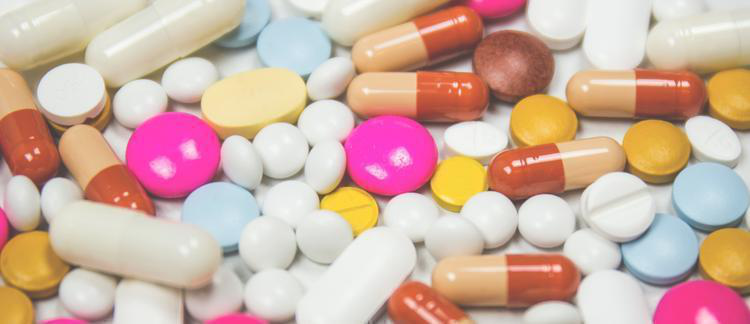Abstract
Cationic lipid-mediated gene transfer is one of the most commonly used non-viral vectors. It has been shown to be a safe and effective carrier. However, its use in gene delivery was hampered by its low transfection efficiency and stability. DOTAP, DOPE, cholesterol (CHO) and carboxymethyl-β-cyclodextrin (CD) were used to prepare cationic liposomes. Cationic liposomes were prepared using both, thin film hydration and a microfluidic method. Formulation stability was evaluated using liposome size, zeta potential and polydispersity index (PDI).Promega QuantiFluor® ONE dsDNA System was used to investigate the encapsulation efficiency. COS7 and SH-SY5Y cell lines were used to determine transfection efficiency. Results show that carboxymethyl-β-cyclodextrin increased encapsulation efficiency by 15.5% and 8% using NanoAssemblr® and rotary evaporator, respectively compared to liposomes without CD. The addition of carboxymethyl-β-cyclodextrin to cationic liposomes resulted in an increase in transfection efficiency in both cell lines.B
Keywords
Cationic lipid, Cyclodextrin, pDNA
How to Cite
Elsana, H., Carr-Wilkinson, J., Elkordy, A. A. & Faheem, A. M., (2019) “Preparation, characterisation and cell transfection of cationic liposomes in gene therapy”, British Journal of Pharmacy 4(1). doi: https://doi.org/10.5920/bjpharm.618
1287
Views
405
Downloads

